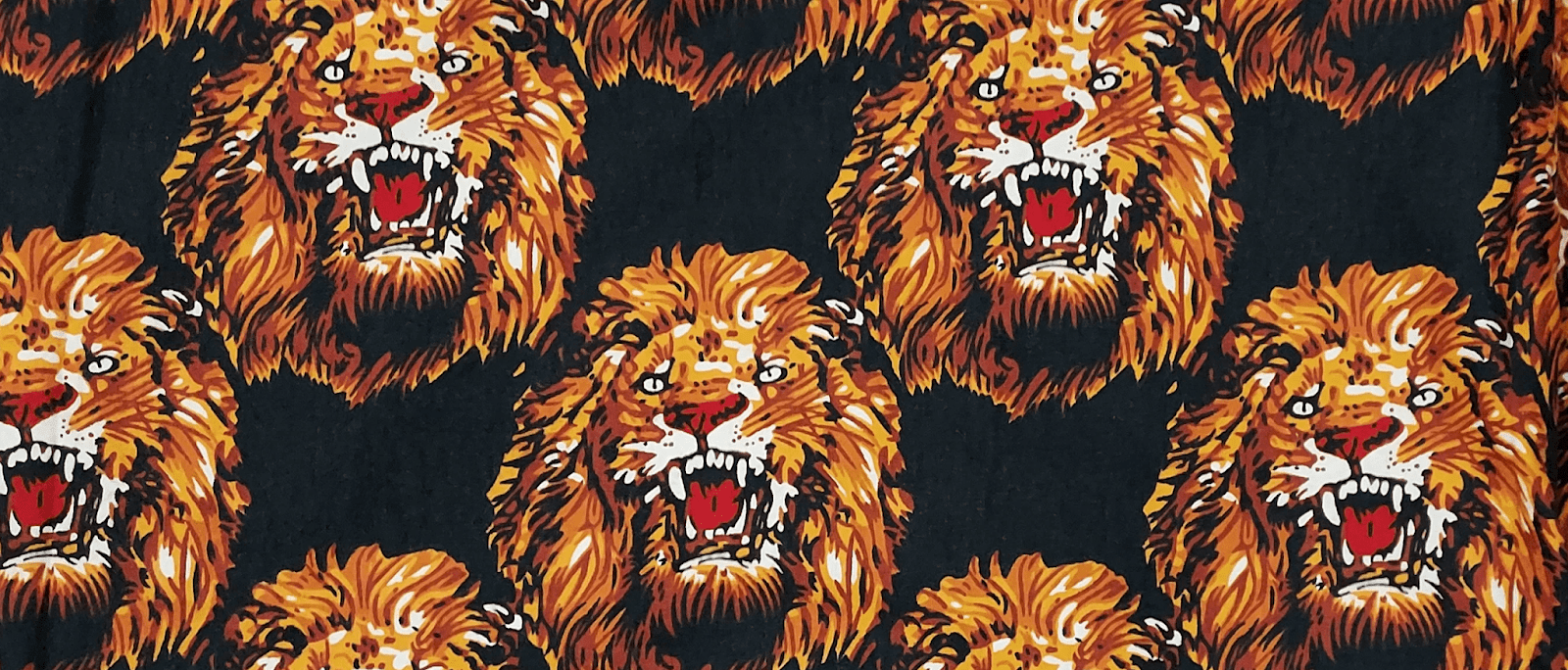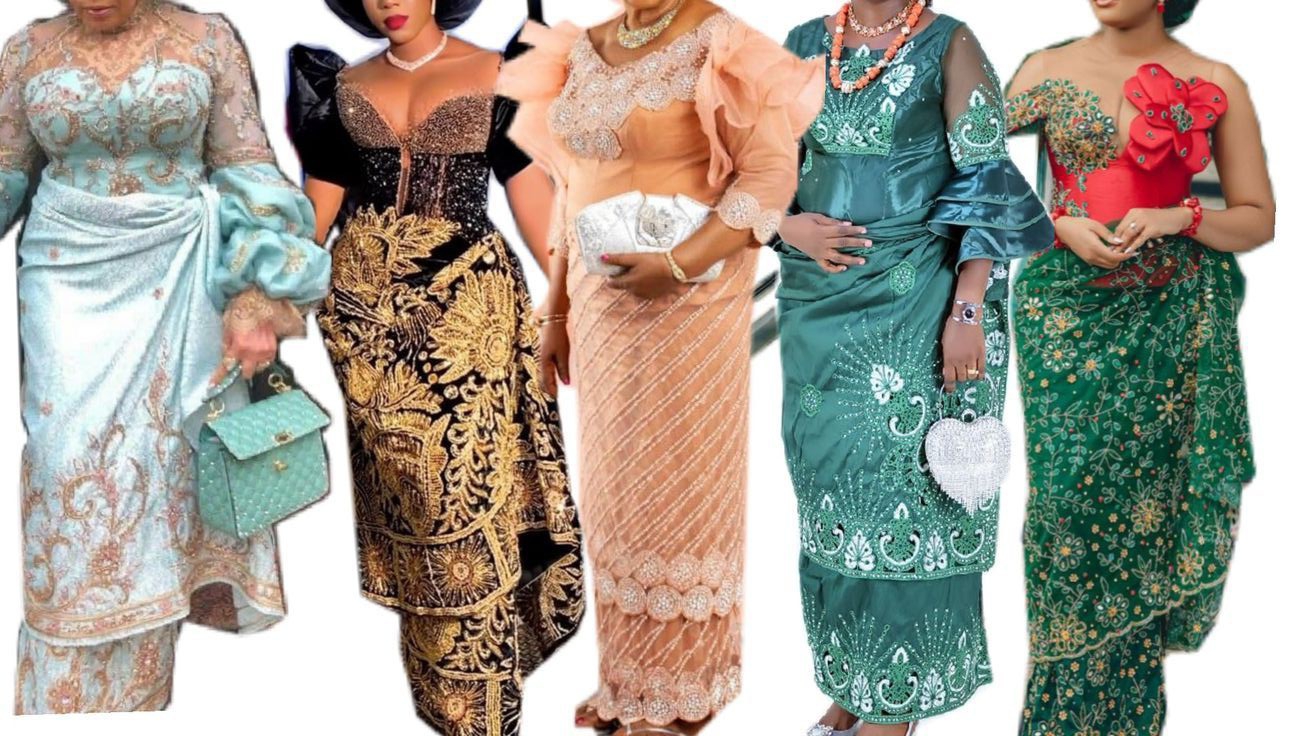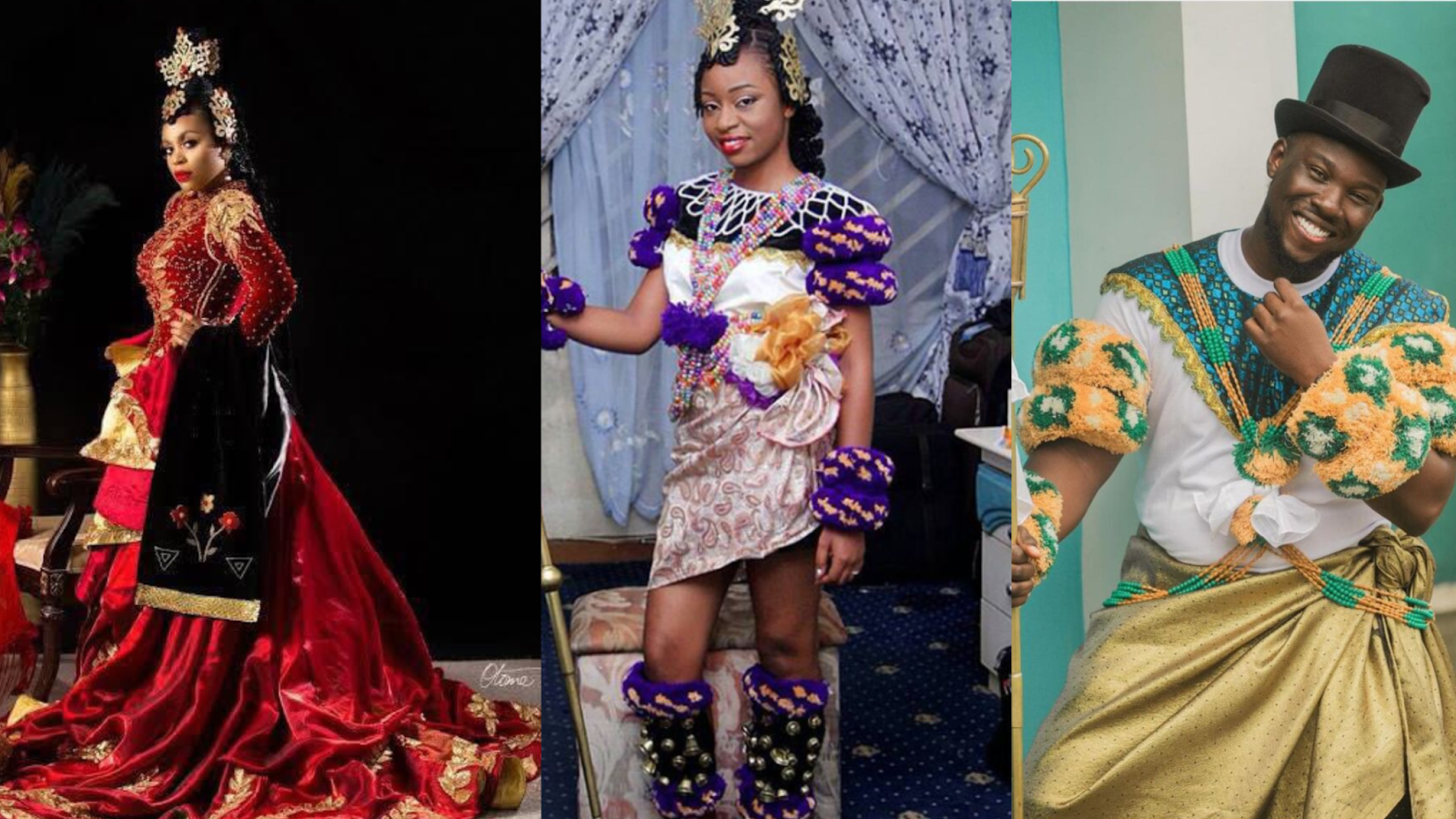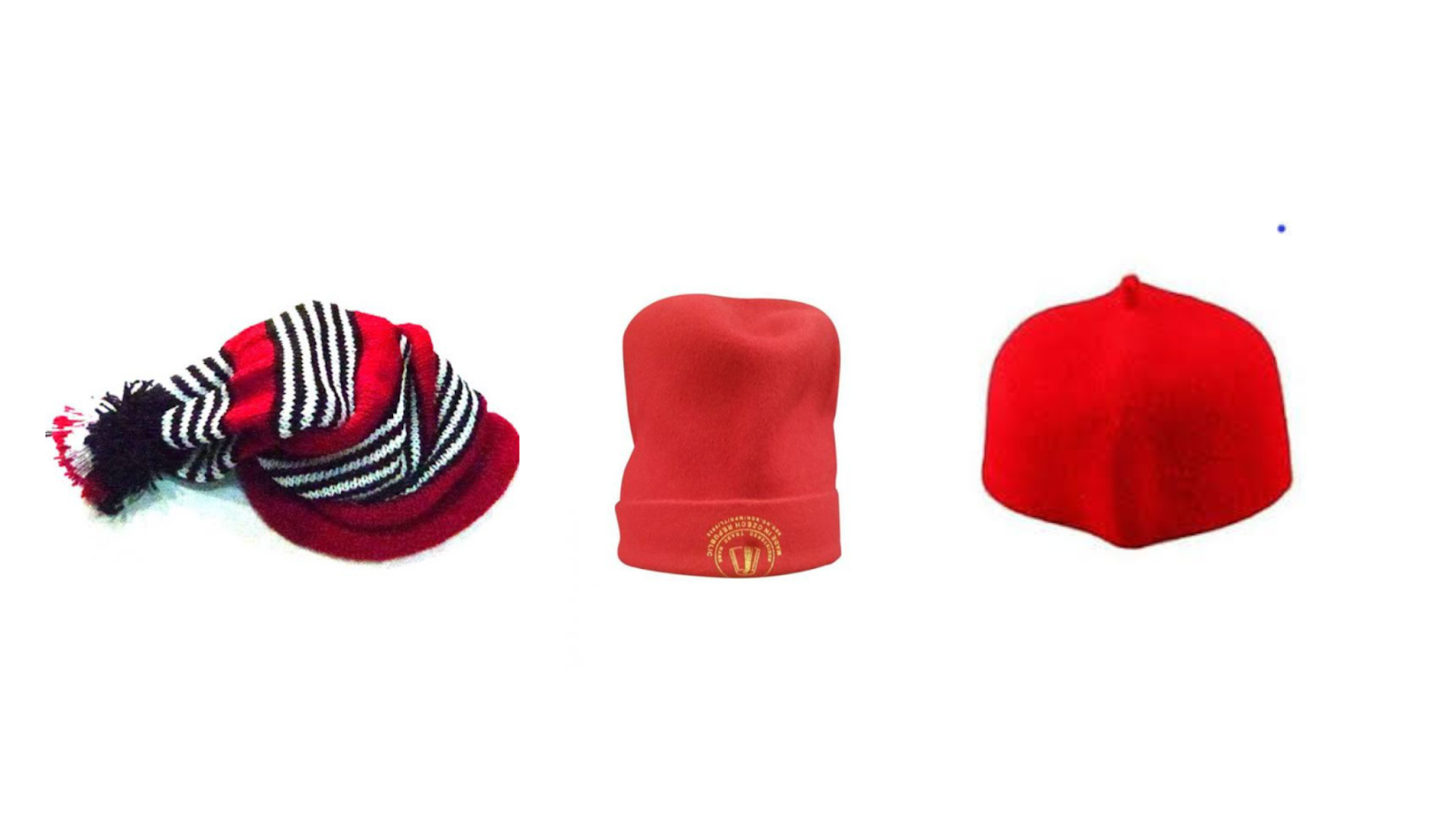You stand before your grandmother’s mirror, fingers smoothing the folds of a richly woven George wrapper around your waist. Each movement feels like you’re reaching back in time, weaving yourself into a memory of generations past. This fabric isn’t just cloth—it’s history, resilience, and pride, all wrapped around you; one of the cultural dressing of the eastern Nigeria. You’re reminded that this piece was once tied the same way by your mother, her mother before her, and countless women whose stories flow into yours.
Clothes are more than coverings for warmth or modesty; they mark the journeys of those who wear them. Around the world, from the Western plains to the sands of Arabia, clothes are storytellers. Here in Nigeria, they carry memories and traditions that go deeper than fabric, forming a bridge between existence and art. These traditions run back through history, when Nigeria stood as separate cultural worlds, each with its customs, language, and attire.
Today, those roots still nourish Nigeria’s cultural beauty, found in the unique attire of each area. Nowhere is more vivid than in Eastern Nigeria, where every garment carries the artistry, pride, and resilience of its people. These clothes are more than fashion; they are a living legacy, binding together stories of pride, strength, and belonging.
Now, let’s dive into some of the cultural dressing of eastern Nigeria and explore the traditions.
Isi-Agu of the Igbo People

Image from okwuid.com
Famous for the unique patterns depicting heads of lions spread around the soft fabric, the Isi Agu dress is primarily worn by the Igbo people, especially those in Anambra, Imo, Abia, Ebonyi, and Enugu States. It is usually paired with red caps (for titled men) or beaded accessories. This attire signifies pride, strength, and the rich heritage of the Igbo people. The lion symbol often represents courage and royalty. Traditionally, it was worn by titled men and chiefs during ceremonies. However, it is now embraced by all Igbos for special occasions like weddings, festivals, and other celebrations.
George Wrapper and Blouse

Image from Pinterest
Originally from India, the George Wrapper was popularized through the trade, introducing the fabric to people from states like Rivers, Cross River, Akwa Ibom, and some parts of Southern Nigeria. It is worn by women adorned with stylish blouses that match or complement the colors of the wrappers. The George symbolizes wealth and prestige, especially when adorned with intricate gold embroidery. It is worn for important events like weddings and traditional rites, often accessorized with coral beads to enhance the look.
Ukara Outfit of the Cross River and Akwa Ibom People

Image from crossriverwatch.com
Some outfits are worn for special occasions, and the Ukara clothing is one of them, meant to be worn during the Ekpe festivals and ceremonies. It is decorated with Nsibidi symbols, which are indigenous pictograms representing the language of the Ekpe society.
Onyonyo and Ofod Ukod Anwang

Images from pbs.twimg.com, pinimg.com and naijaloaded.com.ng
The Ofod Ukod Anwang, styled as knee-length dresses or skirts for women and wrappers for men, is one of the traditional dresses specific to Cross River, particularly the Efik people. The Onyonyo is simply a flowing gown with specific designs commonly worn by royal family members, brides, and anyone celebrating a grand occasion. It’s designed as an off-the-shoulder piece that elegantly drapes into a long, flowing silhouette, crafted from layered fabric with a smooth, satiny George textile. These outfits are symbols of pride, elegance, and status, especially for young women undergoing traditional rites like the Mbopo. The Mbopo or fattening room ceremony, is done to prepare young women for marriage and introduce them to womanhood.
Abiriba and Red Caps

Images from Igbodigest.com
Most Nigerian fashions aren’t complete without headgear, and two in Eastern Nigeria are the Abiriba cap and the Red Cap. The Abiriba cap, originating from Abiriba in Abia State, is worn at major Igbo celebrations like the Ofala Festival and traditional marriages. It is typically red and white, with a tail that extends to the cheek. While the Red Cap is worn by titled men in Igbo society, symbolizing leadership and integrity. It represents authority, with eagle feathers indicating rank and a vow to always to speak the truth.
From the intricate Isi Agu of the Igbo people to the resplendent Onyonyo gowns of the Efik, the traditional clothing of Eastern Nigeria tells the story of a people deeply connected to their heritage. These Cultural Dressing of Eastern Nigeria are not just fabrics; they carry centuries of culture, pride, and history. Whether it’s the vibrant colors of the Abiriba cap or the significance of the Red Cap, each piece of clothing reflects identity, respect, and tradition—an enduring legacy woven into every thread.
What other cultural dressings from Eastern Nigeria are you aware of?
